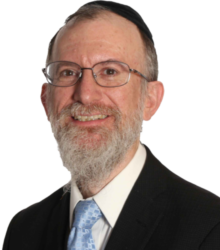Moshe did it again — he found a significant error on pp. 135-136.
The author of the Sefer HaMaor was not named Zecharyah (like the Prophet), but rather Zerachyah. Since the acronym “Razah” fits both names — Rabbi {Zerachyah, Zecharyah} Halevi — I misread the more common name in my research. The more significant mistake, though, is that Nachmanides’ Milchamos HaShem attempts to prove R’ Zerachyah was in error, rather than the Ra’avad as I wrote on p. 136.
That was, in fact, how I had understood the debates between them previously. The passage that I misread, resulting in the error in the book, comes from the entry on Rabbi Zerachyah found on p. 164 of The Rishonim, by Rabbi Hersh Goldwurm with Rabbi Shmuel Teich. He writes, “Ravad [or, in my book, Ra’avad] III attacked his colleague, Razah, in very sharp language… Ramban… attempts to prove that Razah, not Rif, is in error.” Somehow I misread the double negative (“not Rif… in error”) and had Ramban defending the Razah, when the opposite is true.
Here is the relevant passage from The Rishonim in its entirety:
Despite his disclaimers and apologetics, Razah was sharply attacked for presenting a work which implies that Rif sometimes erred in his halachic decisions. In his Hasagos, Ravad III attacked his colleague, Razah, in very sharp language. The similarly youthful Ramban, who calls R’ Zerachyah “the princely cedar,” compiled the extensive work Milchamos HaShem in which he attempts to prove that Razah, not Rif, is in error. Sefer HaMaor, together with the Hasagos and Milchamos HaShem, are printed in all current editions of Sefer HaHalachos.
